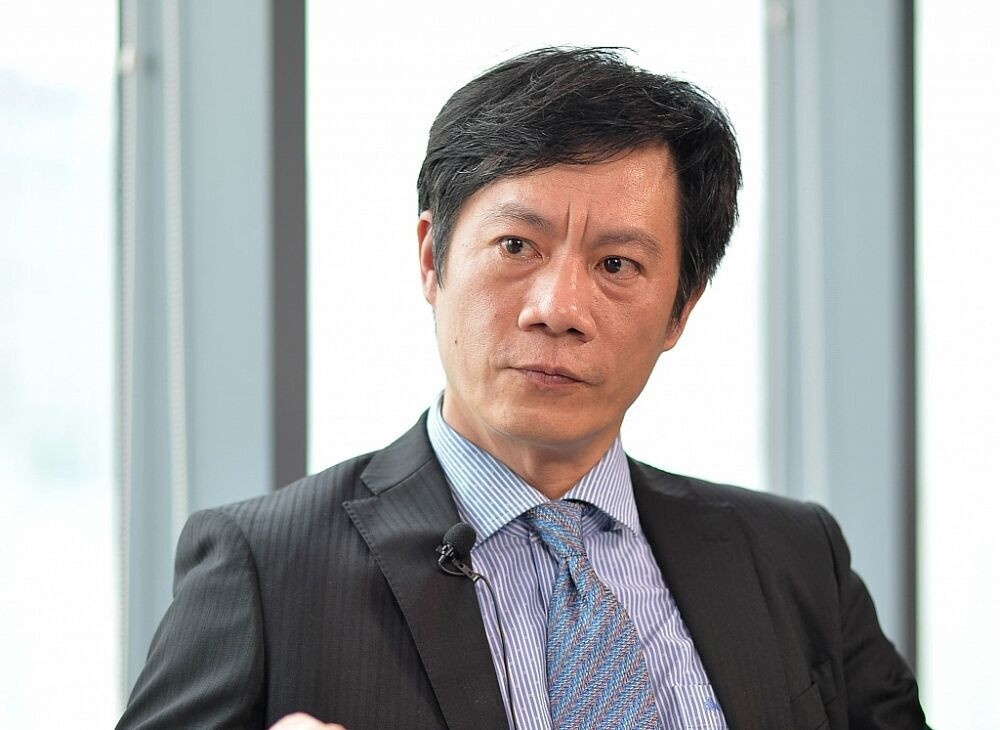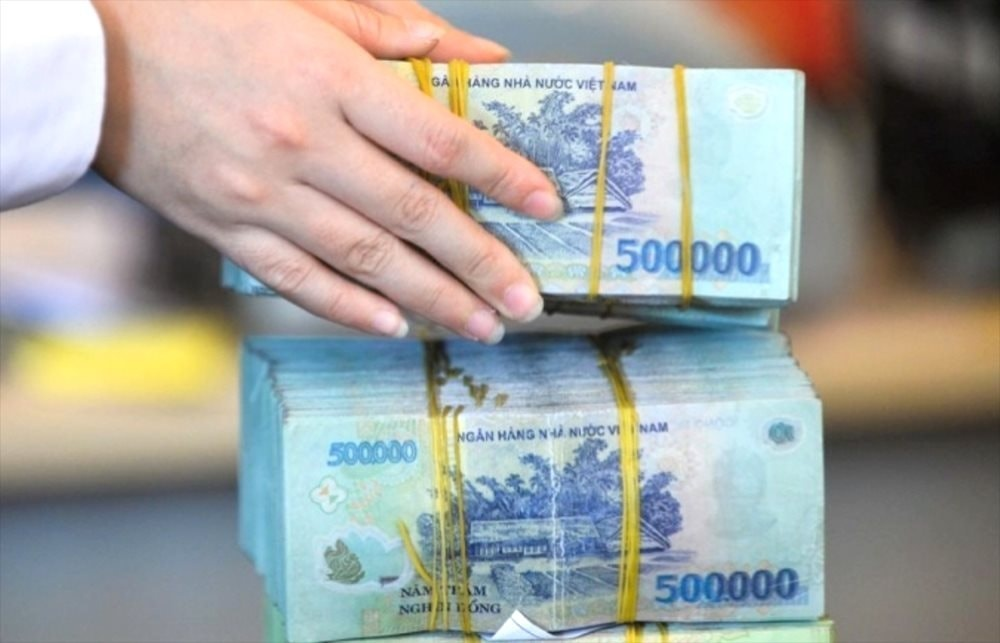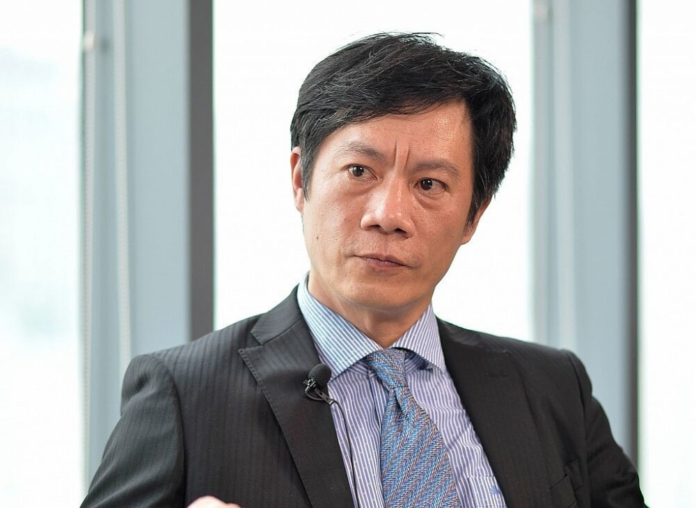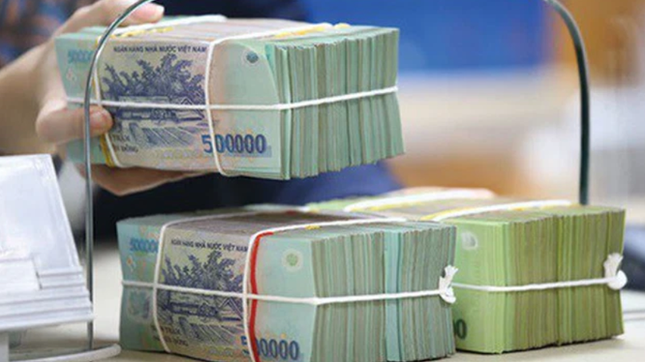While experts believe that the interest rate landscape will face significant pressure, with limited room for banks to further reduce rates in the near future, Ngân Hàng Times had a discussion with Dr. Le Duy Binh, Director of Economica Vietnam, to gain insights on this matter.
What are your thoughts on the impact of lowering interest rates on credit growth in the early months of this year?
According to the latest data from the State Bank, the credit growth of the whole system in the first quarter of 2025 reached 3.93%, a significant increase compared to the 1.42% of the same period last year.

Dr. Le Duy Binh, Director of Economica Vietnam
Under the guidance of the State Bank, credit institutions have proactively and actively reduced interest rates, which has led to an increase in loan demand. This is an inevitable development in a low-interest-rate market environment. It not only stimulates domestic consumption but also strengthens other economic drivers such as the demand for domestic goods and services…
The combination of these factors has boosted production and business activities, encouraged domestic consumption, and positively impacted markets such as real estate, which is gradually recovering.
It can be affirmed that the increased credit demand in the context of falling interest rates has created an important driving force, contributing to the total credit outstanding of the whole economy surpassing the 16 million billion VND mark. Therefore, the policy of lowering interest rates not only stimulates borrowing demand but also plays a key role in promoting economic growth in the past time.
Currently, the management agency and many experts believe that there is no more room for interest rate reduction. What are your thoughts on this?
I believe that there is no more room for interest rate reduction, and there are three main factors to support this.
First, there is significant inflationary pressure at present. According to the Statistics Bureau, the consumer price index (CPI) in the first quarter of 2025 increased by 3.22% compared to the same period. This narrows the room for interest rate reduction.
Second, banks are facing challenges in capital mobilization. Recently, banks have significantly reduced deposit rates. However, if the deposit rates are too low, they will not be attractive to depositors, leading to a shortage of capital for lending and investment.
Third, inflationary pressure from external factors is also worrisome. In the context of increasing global trade tensions, inflation in large economies could push up the prices of imported goods into Vietnam, leading to the risk of “importing” inflation. At the same time, the US Federal Reserve (Fed) has not shown any signs of lowering interest rates, putting upward pressure on the Vietnam dong exchange rate.
All of the above factors will limit the ability to reduce domestic interest rates, even though we very much want to do so to stimulate the economy.
In the last six months, the capital demand is usually higher than in the first months of the year. Do banks need to increase deposit rates to attract capital to meet the economy’s needs?
That’s possible. But I think if there is, it will mainly come from small-scale joint-stock commercial banks raising interest rates to attract capital. Usually, small joint-stock commercial banks face more difficulties in mobilizing capital than large banks because of their inferior capacity and reputation, so they often have to raise interest rates to attract deposits from individuals and businesses to ensure liquidity and capital for lending.

No more room for interest rate reduction
In your opinion, to achieve the credit growth target of about 16% this year, besides maintaining stable interest rates, what other solutions does the State Bank need to implement?
In my opinion, the State Bank needs to continue to be cautious but flexible and proactive in monetary policy management to guide commercial banks to expand credit effectively and support economic growth. At the same time, it is necessary to closely monitor macroeconomic indicators such as exchange rates and inflation to promptly adjust policies to ensure the goal of macroeconomic stability and inflation control in the direction of the National Assembly and the Government.
The State Bank should also direct credit institutions to continue implementing key credit programs, prioritizing capital for production and business fields and dynamic sectors that make positive contributions to growth. In addition, commercial banks should be encouraged to improve operational efficiency and reduce costs, thereby creating room to reduce lending rates to improve businesses’ and people’s access to capital.
Moreover, in policy management, the State Bank needs to balance between the goals of controlling inflation, stabilizing exchange rates, and supporting growth. The orientation of interest rate levels needs to harmonize the interests of depositors and borrowers. This is a significant challenge in the context of global interest rates and exchange rate pressures still present. If necessary, the regulator can consider adjusting credit targets appropriately to support the economy in a timely and effective manner.
However, overall, to enhance the effective capital supply for the economy, in addition to efforts from the banking system, there needs to be coordination from the capital market, such as the stock market, corporate bond market, investment funds, and other capital sources.
Thank you for your insights, Dr. Binh!
Social Housing Loan with Zero Disbursement in Quang Binh
Despite the efforts of the Social Policy Bank (SPB) – Quang Binh branch, to promote and facilitate social housing loans, there has been a notable lack of uptake in the region. The bank’s social housing loan package has seen zero disbursements, with only sporadic individual borrowers seeking funds for construction and home repairs.
Peer-to-Peer Lending: Navigating the Risks
The government has recently introduced a new decree, 94/2025/ND-CP, which outlines a controlled experimentation framework for the banking sector, coming into force on July 1st, 2025. Peer-to-peer lending, or P2P lending, is one of the key areas that will undergo this innovative regulatory sandbox approach.
The Evolution of China’s Banking Strategy and Lessons for Vietnam
The Chinese banking system has undergone a strategic transformation over the past decade. Moving away from a model reliant on large-scale credit growth, fueled by real estate lending and state-owned enterprise loans, the industry has embraced a new paradigm. This paradigm shift involves a comprehensive approach to finance, diversifying revenue streams, and embracing digital transformation. This evolution reflects a conscious effort to adapt to the demands of risk management, improved operational efficiency, and sustained growth.










![[Photo Essay]: Experts, Managers, and Businesses Unite to Forge a Path Towards Sustainable Green Industry](https://xe.today/wp-content/uploads/2025/07/z678592918-150x150.jpg)


![[Photo Essay]: Experts, Managers, and Businesses Unite to Forge a Path Towards Sustainable Green Industry](https://xe.today/wp-content/uploads/2025/07/z678592918-100x70.jpg)







